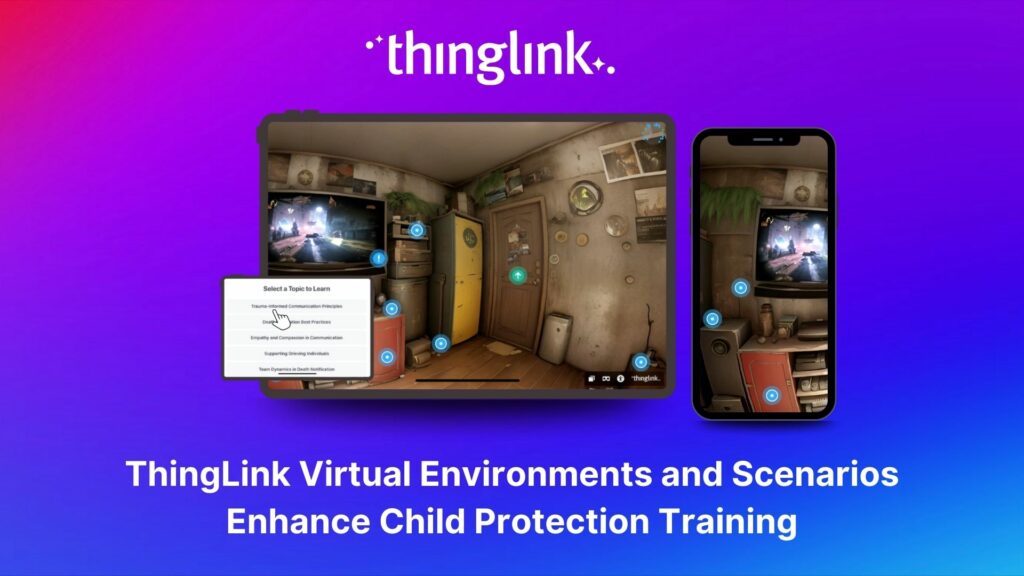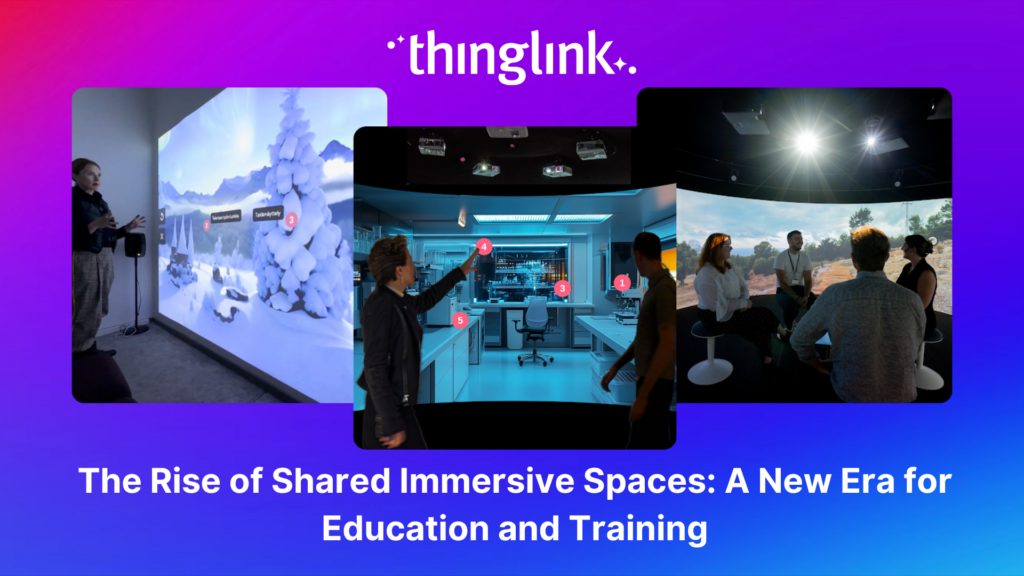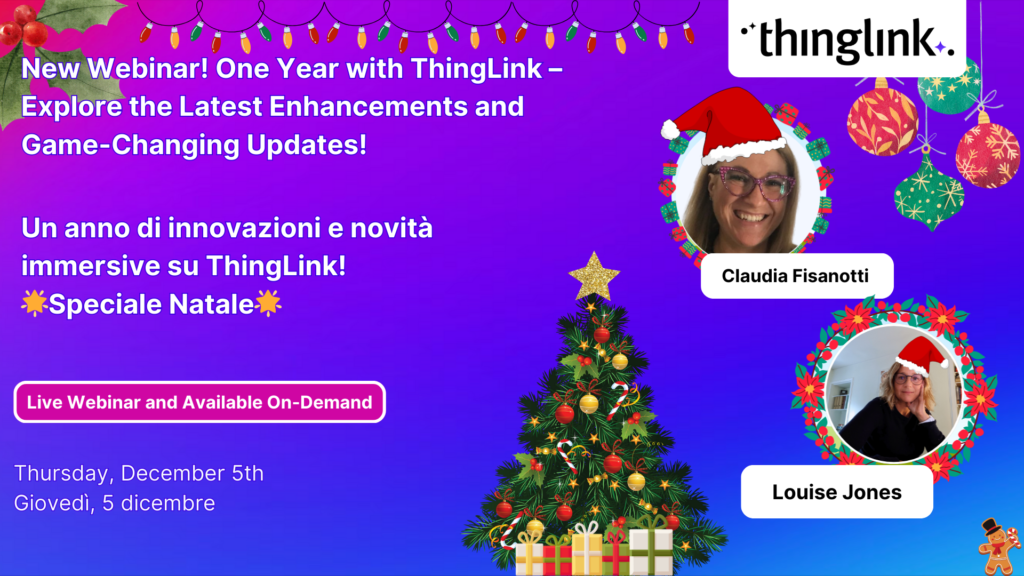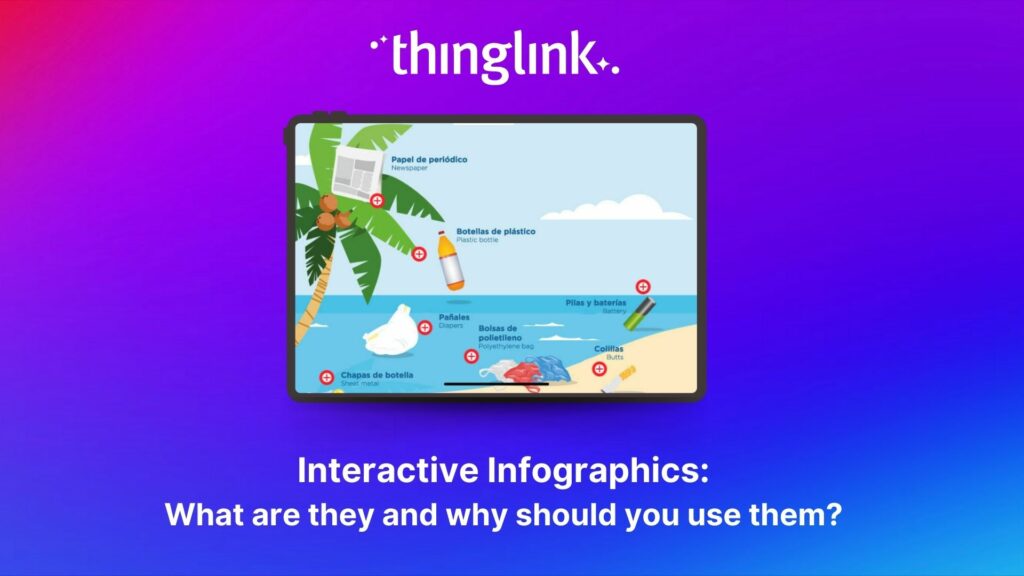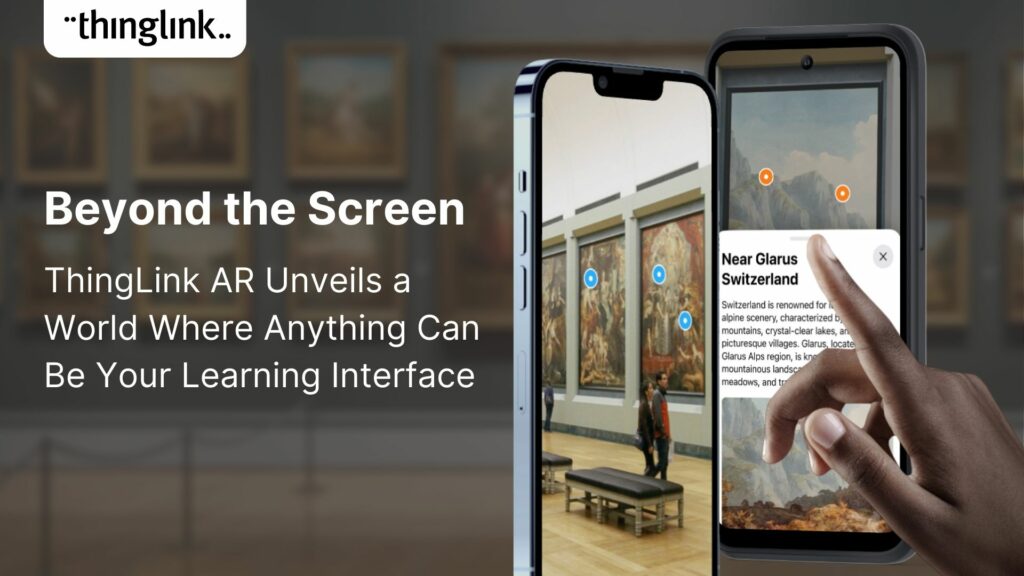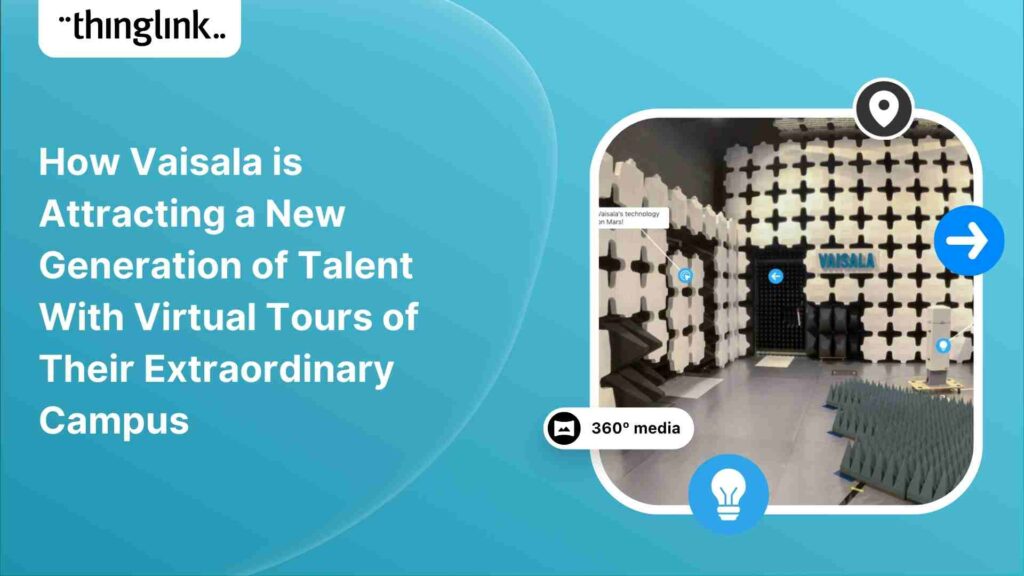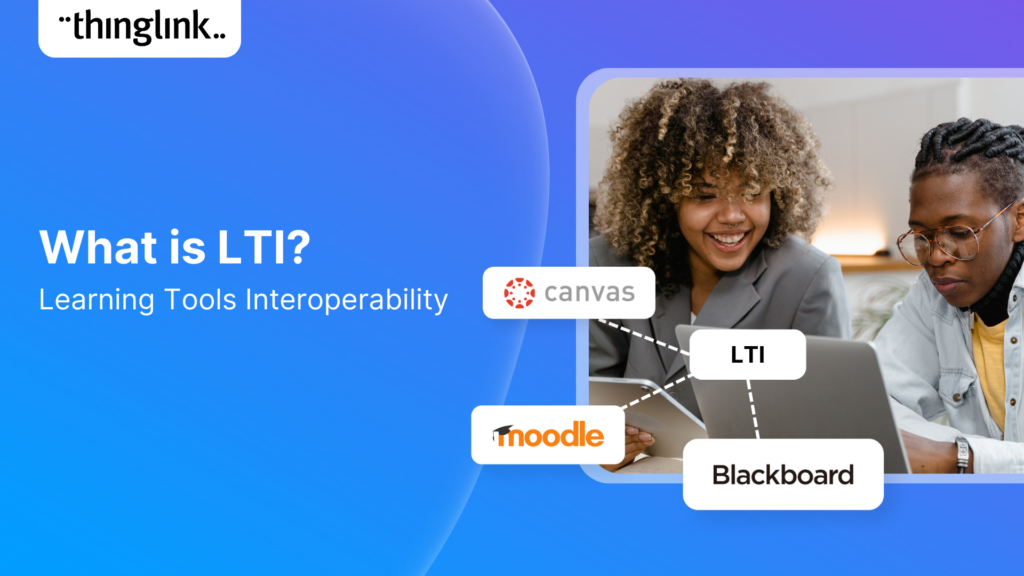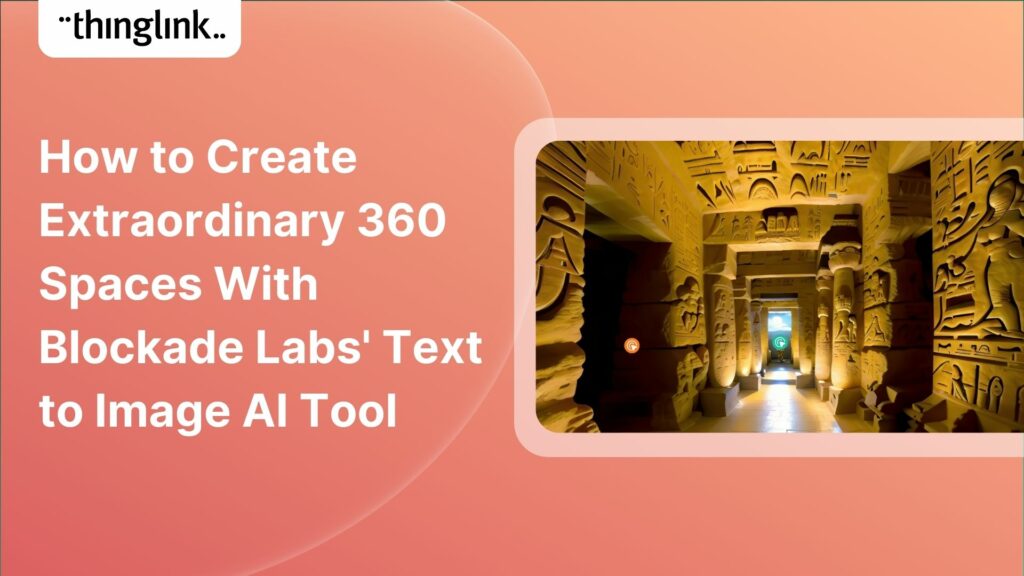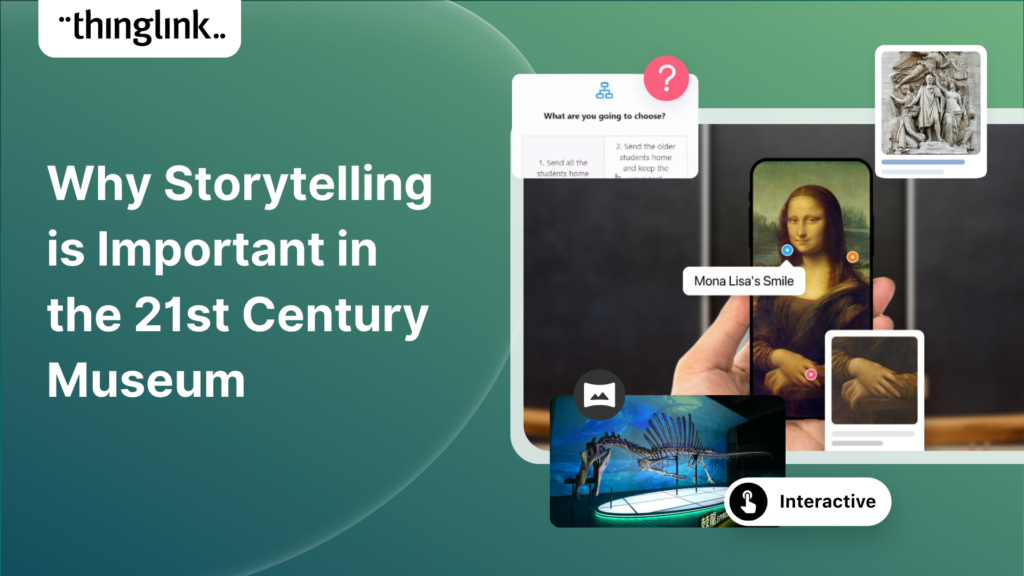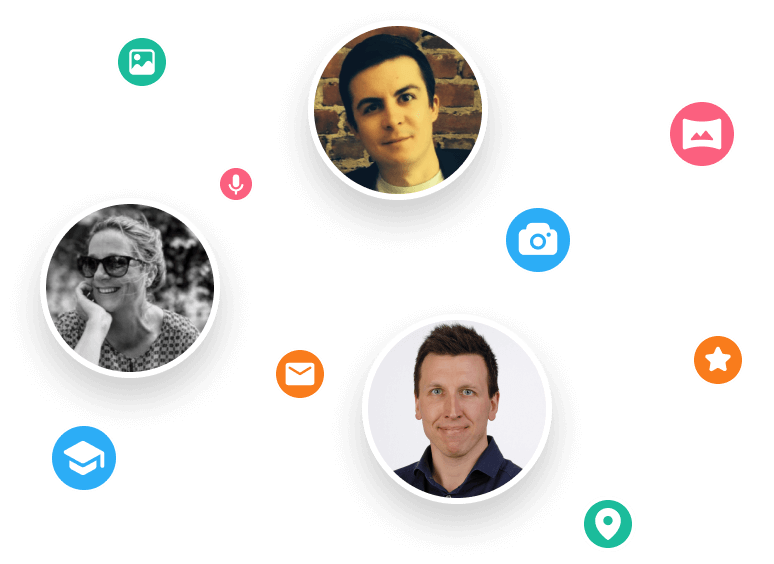
Empowering Place-Based Learning Through Student Creation With Stanford’s Virtual Learning Resources
For educators looking to encourage student creation, Stanford University’s essential guide will show you how to use content from real-life Field Trips in immersive and interactive Virtual Field Trips.
We have seen exponential growth in the use of ThingLink for Virtual Field Trips (VFTs), Virtual Tours and other place-based experiences over the last 4-5 years, and have shared a wide range of exceptional and original user-created examples. In all these cases, the ThingLink VFTs have been created with one main purpose: to provide an experience for the viewer – whether those are learners or other virtual visitors. In this case study, we will share news of an exciting initiative at Stanford University, where ThingLink is used as a platform for young learners to create – rather than consume – virtual, place-based learning experiences all through a planned instructional sequence.
Stanford Accelerator for Learning
The Virtual Field Trips project is part of the Stanford Accelerator for Learning’s Digital Learning Initiative. Their vision is for all learners to have access to rich digital experiences that empower knowledge, growth, connection and opportunity.
The VFT project itself began when in-person field trips needed to be moved online during the pandemic, and quickly evolved to include additional modes of place-based activities and instruction An interdisciplinary project team was established, made up of faculty, research staff, students, and design and technology experts across the university. The team wanted to establish whether they could recreate some of the valuable aspects of in-person field trips such as enthusiasm, content learning, and connection to place, in a virtual experience. Now, the team conceptualizes VFTs as a multi-purpose medium, ranging from a virtual recreation of an in-person visit or experience to a vehicle for students to demonstrate learning of concepts or skills tied to a specific location or place. Over the years, he focus of the student-creation research team has expanded to include understanding how other pedagogical frameworks, such as digital literacy and design thinking, impact the student learning experience.. Most excitingly for ThingLink creators, the project’s findings, experiences and live examples are available for anyone to use at an online resource hub.
Virtual Field Trips Resource Hub
The site provides valuable guidance for educators everywhere, to help them support their own students in creating VFTs. The site is being regularly updated as the team’s research progresses. It contains:
- Student-created VFT examples
- Educator lesson plans for incorporating VFTs into your teaching
- Step-by-step guides for creating VFTs with any platform
- Quick start guides, as well as in-depth guides and templates for creating VFTs with ThingLink and a number of other platforms
- Educator-created VFT examples
Below: Some student-created examples that are featured in the resource.
Rachel Wolf from the VFT project, and a ThingLink Certified Trainer, explains how the resources came about:
“Before we created the guides it was a lot of learning through design and by doing. We would talk to educators about their goals and their vision, and how they imagined integrating a virtual learning experience into their curriculum or their program. Then as we were learning with them, we realized that there was a set of supports we needed to put together so that we wouldn’t have to go through this process each time. We wanted something that we could share to show how to get started.”
Rachel Wolf, Virtual Field Trips project team, Stanford Accelerator for Learning’s Digital Learning Initiative
Importantly, everything included on this free resource guide has been informed by the team’s watching educators and learners, both in the classroom and in less formal settings such as 4H groups*, incorporating student and educator feedback, focus groups and other research. Understanding and observing how students created and collaborated on their own VFTs in their learning activities led the team to establish the exact steps which they provide in the site.
Why is the creation process such a valuable learning experience for students?
The team believes that VFTs provide the ideal channel for students to:
- Demonstrate knowledge;
- Share their experience;
- Create an interactive product to engage an audience.
“Engaging with and creating their own virtual field trips can help students see science as more relevant to themselves and their communities, and support rich learning opportunities.”
Stanford Accelerator for Learning’s Digital Learning Initiative: Virtual Field Trips
In short, they enable students to develop skills in creating content rather than acting as consumers. Especially evidenced in organizing digital media assets.
One of the teachers involved in the initial pilot project carried out by the VFT team observed:
“It helps them do a synthesis and analysis level of learning…a higher level of learning. They can bring different ideas into a single space.”
Prior to creating the VFTs, the learning process in the pilot was scaffolded by sessions where students played with ThingLink to learn how to knit tours together. Peer assessment and iteration was also developed as a key part of the learning process. Based on their many research implementations, the team created an instructional scope and sequence designed to support educators in the student-creation process. This is encapsulated in this interactive infographic below:
Why ThingLink specifically makes an ideal platform for creating VFTs
ThingLink was one of five platforms under consideration as the platform for the pilot. Two main aspects were key for why the project chose ThingLink as the pilot platform for VFT creation in the classroom: its collaborative features and its ease of use – which in turn enabled students a greater degree of agency in creating and developing their own work.
This is illustrated by further quotes shared in a conference paper recently presented to science education researchers and practitioners.
ThingLink’s Collaborative Features
“ThingLink..was chosen because of its affordances for student agency and collaboration in learner-driven instruction…The collaborative features of ThingLink make it a natural choice for group work, as it supports several mechanisms by which students can work together.”
Virtual Learning Experiences: A Pilot Study of Technology Integration and Creative Production
“We saw how powerful ThingLink can be as a collaboration tool. Even if there are teams that don’t get along, the platform helps connect them as a team and students get excited about working together. When we talk about Collaborative Learning, Peer Learning and Peer feedback, it’s a fabulous platform […] that’s something that all of the Educators and the students rave about!”.
Rachel Wolf, Virtual Field Trips project team, Stanford Accelerator for Learning’s Digital Learning Initiative
ThingLink’s Ease of Use
The initial classroom pilot involved two highly experienced, middle-school teachers, with “little to no experience with VLE technologies” who nonetheless mastered the platform sufficiently quickly to successfully create their own material plus support their students to create materials themselves. Their quotes below summarise the teachers’ overall responses to ThingLink.
- “ThingLink is perfect for the biome project. It has everything for exactly what they needed to do.”
- “It’s such a good platform for kids…being able to manipulate where things are and get that full vision all the way around…more immersive…they were really invested in it.”
- “Next year, I would absolutely use it in every aspect of my curriculum. 100%!”
Virtual Learning Experiences: A Pilot Study of Technology Integration and Creative Production
Greater student agency when creating with ThingLink
Allowing students the agency to create their own original and authentic learning content was a benefit of ThingLink that appears time and again throughout the Stanford team’s research. An interesting observation was how students were able to enhance the viewer’s experience by ensuring the tag ‘icon’ style reflected the content in the tag, subtle improvements that improve the experience for the viewer.
“The agency they have in the creative process – able to not only select what they’re including in their work, but where it is and how it’s presented, and the kind of media supporting those ideas – that’s something that doesn’t really exist in other kinds of digital presentation platforms.”
Rachel Wolf, Virtual Field Trips project team, Stanford Accelerator for Learning’s Digital Learning Initiative
Student agency was so crucial to the pilot that the Stanford VFT team approached ThingLink to suggest development of a tool or app to make student creation of 360 images more accessible – ideally using smartphone cameras rather than 360 cameras. The popular Google Street View app had been immensely popular with educators, but was deprecated in 2023. In response, ThingLink began to develop Pano to 360, now launched and available free to use for anyone, even those without a ThingLink account.
Introducing students to Design Thinking principles with ThingLink
Furthermore, using ThingLink has also allowed the VFT team to introduce the concepts of Design Thinking to the students in the pilot programs.
“We try to balance between teaching students the technology with the pedagogical reasons for why you might be doing certain things as you’re creating. So having students try to get into a design thinking mindset and saying ‘Let me think about my audience, about how I’m guiding the learner, about how I’m teaching the things that I want to teach.’ So rather than spending all of our instructional time on the tool itself, we’re trying to balance how you do a tag with why you do a tag this way. It’s really interesting to talk to students and ask ‘how are you expecting people to engage with the thing that you make?’ I think in a lot of ways that’s a very powerful thing to do, so that their final products are either reflecting their knowledge in a deeper way or are more engaging for their learners.”
Rachel Wolf, Virtual Field Trips project team, Stanford Accelerator for Learning’s Digital Learning Initiative
Special thanks to Rachel Wolf, Social Science Research Scholar at Stanford’s Graduate School of Education and team member of the VFT Project, for having provided research and background for this case study, and for providing such valuable and completely free Virtual Field Trip advice and support to ThingLink creators. Rachel is now a welcome member of the ThingLink Certified Trainer community.
*4H Groups are a US-based network of youth organizations established around 100 years ago which provide experiential learning programs designed to develop citizenship, leadership, responsibility and life skills of young people aged 5-21.
Further Reading and Viewing
Sourcing 360-degree imagery for your VFT: ThingLink’s 360 Image Library is free for all users, and now includes 360-degree videos. An ever-expanding archive of real-world, high-quality immersive panospheres, including historic sites, national parks, remote ecosystems, space and more. All are viewable in virtual reality mode. (Any that have been created with AI tools are clearly marked AI.)
For guidance, examples and tutorials, watch our on-demand webinars.

Read more about the theory behind ThingLink
















